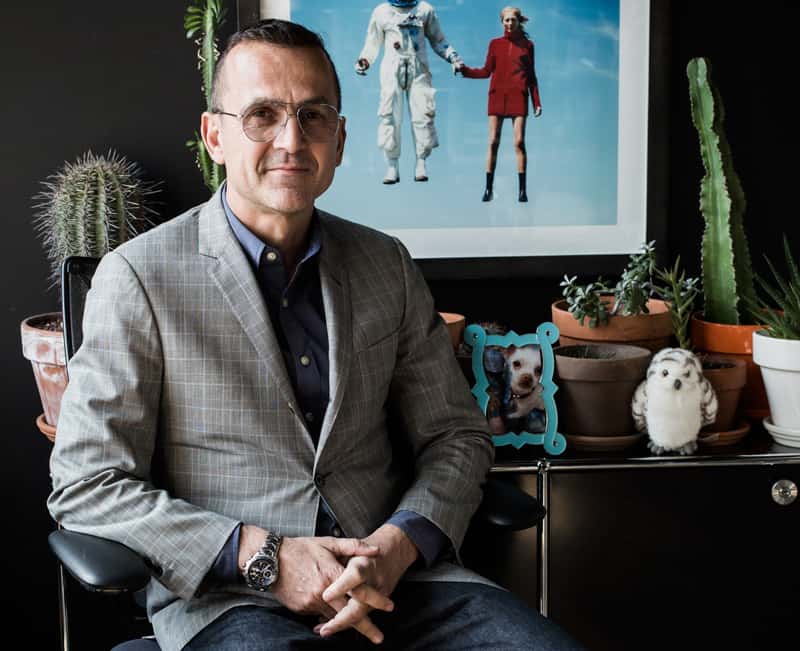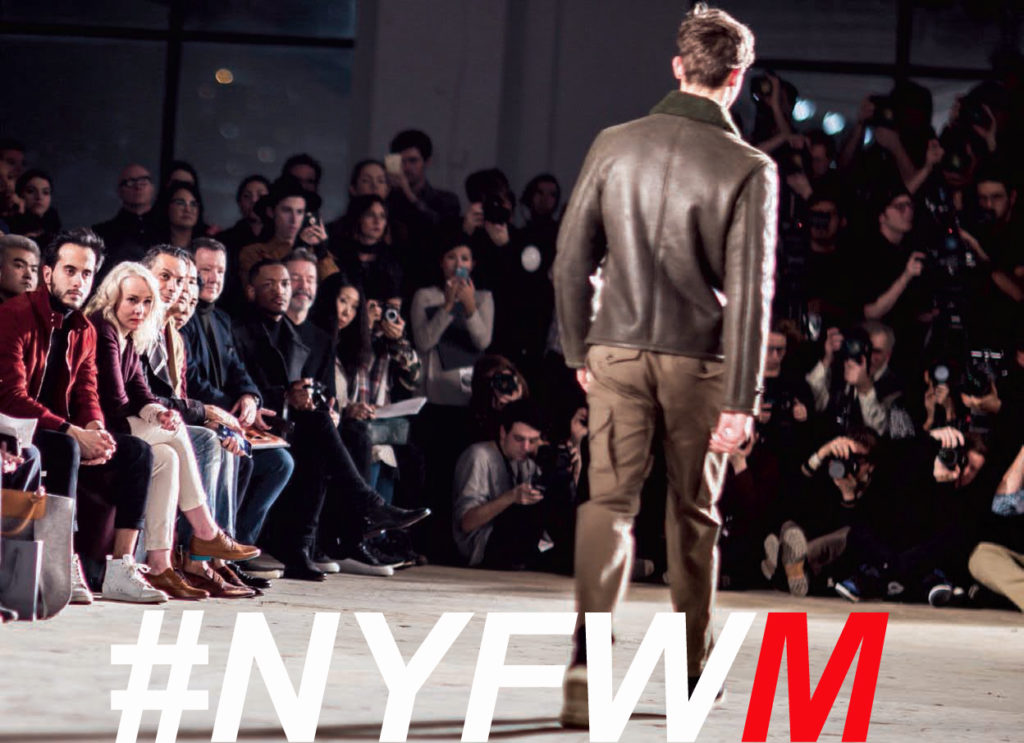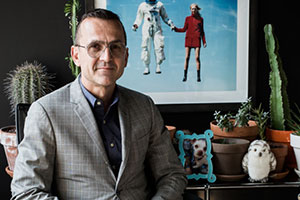STEVEN KOLB ON THE EVOLUTION OF (AND CONTINUED NEED FOR) NYFW: MEN’S


Since its founding in 2015, the CFDA’s New York Fashion Week: Men’s has sought to bring American menswear to the forefront of the fashion world with its own dedicated week. For the most part, it has been successful. But it has been met with challenges. From an increasing number of big-name designers moving to consumer-facing ‘see now, buy now’ models, and brands livestreaming their shows on Snapchat and Instagram, fashion is readily available to the masses. So, do we really need a men’s fashion week?
Here we catch up with Steven Kolb, President and CEO of the CFDA, on how NYFW: Men’s has evolved, some of the surprises he has met along the way, and some of the challenges he has faced while continuing this project.
Q: How has NYFW: Men’s changed since it started back in 2015?
A: NYFW: Men’s has continued to evolve season over season. Each time, the event shines a spotlight on American design.
Q: What has been some of the best highlights for you since NYFWM started?
A: Watching the growth of American menswear on the global landscape is the most rewarding aspect since starting the event. We have seen young emerging designers gain traction through great media exposure, which has led to an increase in sales. At the end of the day, this is the true mark of success.
Q: What was the most surprising experience throughout these few seasons you’ve had?
A: The most surprising aspect is the amount of outstanding talent showcased during the week. From classic sportswear to directional and streetwear clothes, American menswear really blends the artistic and commercial aspects that are a hallmark of NYC.

A: We have seen great growth for newer brands like John Elliott and Rochambeau, and are focused on the discovery of new talents like Landlord, Palmier du Mal and Matthew Adams Dolan.
Q: How has attendance been and how do you plan to attract more buyers to the shows?
A: Each season, we have a focus on bringing top buyers and editors. We work closely with the men’s trade shows to target key buyers and have flown in specific fashion directors from global retailers. This season marks the attendance of the largest pool of international editors from the UK and Turkey, Brazil and Japan.
Q: What have been some challenges you’ve faced while keeping this project going? How are you addressing them?
A: Each season presents its own challenges. Having the appropriate partners who help underwrite the event is critical for the success. We always strive to make sure that their participation adds value to the event and the industry. As an example, Cadillac has been a partner since our launch and since evolved the partnership to provide a venue to six designers at Cadillac house. Additionally, Samsung and Axe have fully funded a presentation space for nine emerging talents who never could have shown without their support.
Q: There is a lot of talk about bringing men’s and women’s fashion weeks back together again abroad. Is men’s fashion week still relevant? Do we need it?
A: I truly believe the standalone NYFW: Men’s is critical. The majority of designers showing during that week do not have a women’s line, so it does not make sense. Additionally, we try and time the week with the trade shows in order to maximize the effort during a time that makes sense for production and sales.








